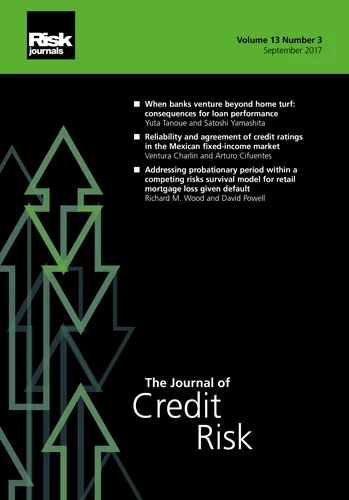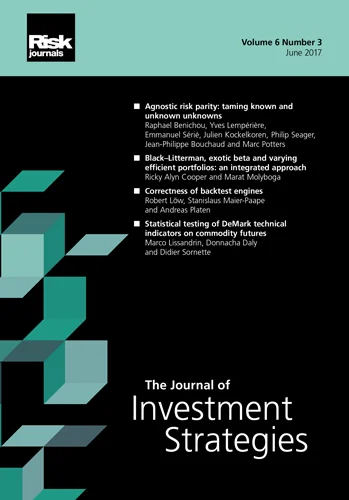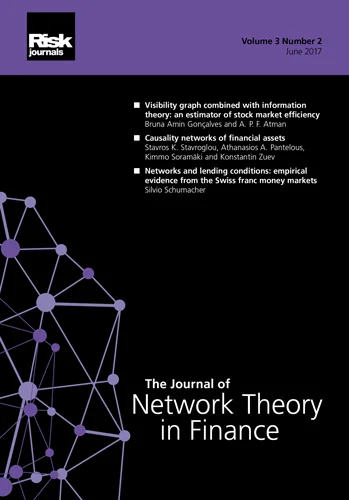Journal of Risk
ISSN:
1755-2842 (online)
Editor-in-chief: Farid AitSahlia
Volume 4, Number 4 (June 2002)
Editor's Letter
Philippe Jorion
This issue of The Journal of Risk further advances the state of knowledge in risk management, with one paper on credit risk and three papers on market risk.
The first paper, “A Multivariate Markov Model for Simulating Correlated Defaults”, by M. Kijima, K. Komoribayashi, and E. Suzuki, presents a new method to account for correlated defaults using a Markov process. The advantage of a Markov process is that it provides more detail than a simple default-mode approach. Introducing a correlation is important, as correlations are the main drivers of risk for large portfolios. Correlation is induced through a one-factor model. The paper describes the simulation setup and provides applications to the measure of portfolio credit risk as well as the pricing of basket credit default swaps.
Next, in “The Cornish–Fisher Expansion in the Context of Delta–Gamma-Normal Approximations”, S. R. Jaschke provides a detailed analysis of the Cornish–Fisher expansion method to calculate value-at-risk (VAR) based on the delta–gamma-normal model. The method provides an approximation to the quantile of a distribution by matching empirical moments. Such expansions are in widespread use due to their analytical tractability. The paper shows that, contrary to what could be expected, the approximation does not converge for increasing order. The paper also illustrates the use of quadratic VAR correction techniques to the actual portfolio of a large bank.
The third paper, by G. Wu and Z. Xiao, “An Analysis of Risk Measures”, analyses the properties of left tail measures beyond the VAR. This includes the mean of the tail loss (also called expected tail loss) and its standard deviation. The authors present an Arch quantile regression method to estimate these measures. They show by simulations that when prices are characterized by jumps, using these tail loss measures leads to a substantial improvement in risk control.
Finally, the paper by V-P. Heikkinen and A. Kanto, “Value-at-Risk Estimation Using Non-Integer Degrees of Freedom of Student’s Distribution”, examines the issue of fat tails in returns series. Fat tails can be analytically modelled using the Student t-distribution, with the degree of freedom parameter driving the thickness of the tails. The degree of freedom can be fitted to the fourth moment of the empirical distribution, or kurtosis. In practice, however, typical values of the kurtosis coefficient correspond to degrees of freedom values between four and five. The paper provides tables for non-integer of the degrees of freedom typically encountered in risk management.
The mission of the Journal of Risk is to further our understanding of risk management. Contributions to the journal are welcome from academics, practitioners, and regulators in the field. With this in mind, authors are encouraged to submit full-length papers.








